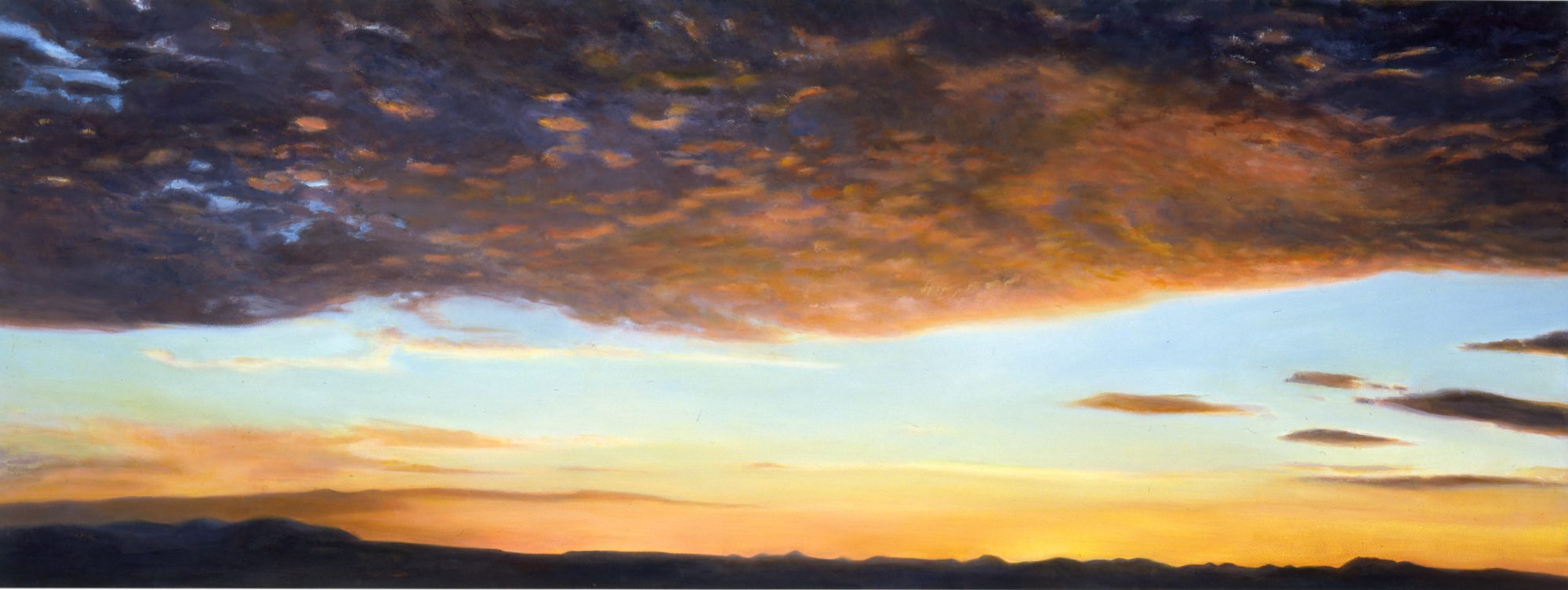Katherine Alexander is a landscape painter living and working in West Texas. Paintings in selected corporate art collections including: Chevron Corporation, Northern Trust Bank, United Parcel Service, Johnson & Johnson, New Brunswick, NJ, Hilton Americas-Houston, Hunt Companies Inc., El Paso, TX, The Millenium Partners Collection of Contemporary Art, Washington, DC, Hotel Saint George, Marfa, TX, The Ritz-Carlton, San Antonio, TX and Washington, DC., The Miramont Country Club, Bryan, TX, The Chapman University Permanent Art Collection, Orange, CA.
Solo exhibitions in Marfa, El Paso, New York, Houston and Los Angeles. Has participated in group exhibitions at art museums and university galleries throughout the United States and in Germany, Belgium and The Netherlands.
Contact Information:
Image: Katherine Alexander, April Twilight Toward the Sierra Vieja Mountains, West Texas #1, 2016, acrylic on paper, 61 x 29 1/2 in. (framed), 50 x 18 in. (image)
Nocturnal Submission
Eugene Binder Gallery
Fall 2019
[logo]
“Nocturnal Submission,” an exhibition of paintings on paper by Katherine Alexander will open at Eugene Binder with a reception for the artist this Saturday, October 12, from 7:30 until 9:30 p.m.
It would require some effort not to be subdued beneath the infinite majesty of the west Texas night sky. It is one of the reasons people live out here, and those less fortunate make pilgrimages from metropolitan areas for the experience.
As an artist Katherine Alexander has taken on the daunting challenge of creating mnemonic tableaus that capture, what is actually a sequence of moments, in one image, occurring as the horizon line fades into darkness while the sky continues to glow from the indirect rays of the sun below the horizon. This diminishing, refracted light in atmospherically charged layers of clouds, at this hour of the day, is often referred to as the “magic hour.” Although this is sometimes perceived as a static moment, it is actually a rapid-fire progression of changing atmospheric conditions, illuminated, from a raking angle, by unseen light source of the sun.
The fluid changes in this multi dimensional montage are the result of rapidly diminishing light, dust particles in the atmosphere, shape-shifting clouds, forming at multiple altitudes, among many other variables. The moon then appears in a variety of configurations that define our lunar calendar, while planets (Venus often referred to as the “evening star”) and stars slowly become visible.
While these moments are beautifully and meticulously captured in Ms. Alexander’s extraordinary paintings, in a specific sense, they never existed.
As audiences of the west Texas night sky we expect that we will see it again, presumably the following evening. Ms. Alexander bases her paintings on this preconceived expectation. Our own recollections of the evening sky are important to experiencing her paintings as she integrates her exacting, sensory observations derived from decades of painting this subject, and then convincingly moves us further, into the realm of her imagination. Establishing a rapport with the viewer’s memory makes this a collaborative perception of shared experience. Ms. Alexander deftly combines her astute observation with the physicality of the paint that she applies with brushstrokes onto the surface of paper, creating a vast expanse of receding space that is the west Texas night sky, on a two dimensional plane. Like sleight of hand magic, she pushes her paintings far beyond this perimeter to a point that fulfills a sensory and mnemonic experience compelling us to keep looking
